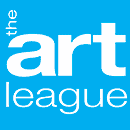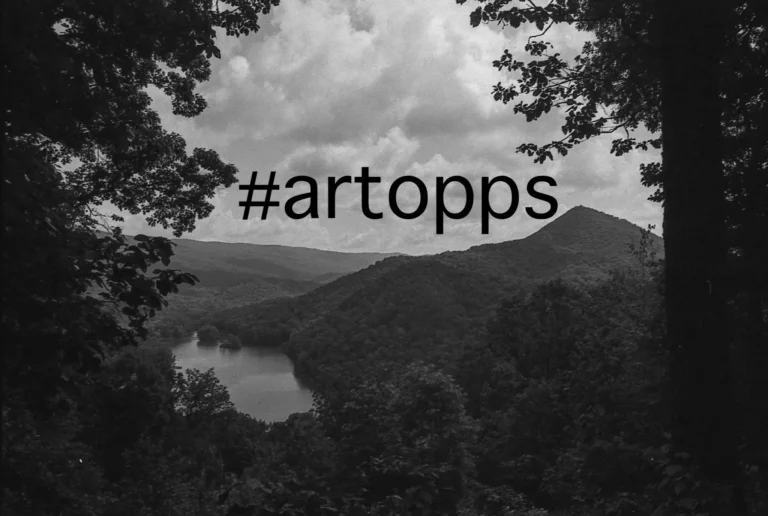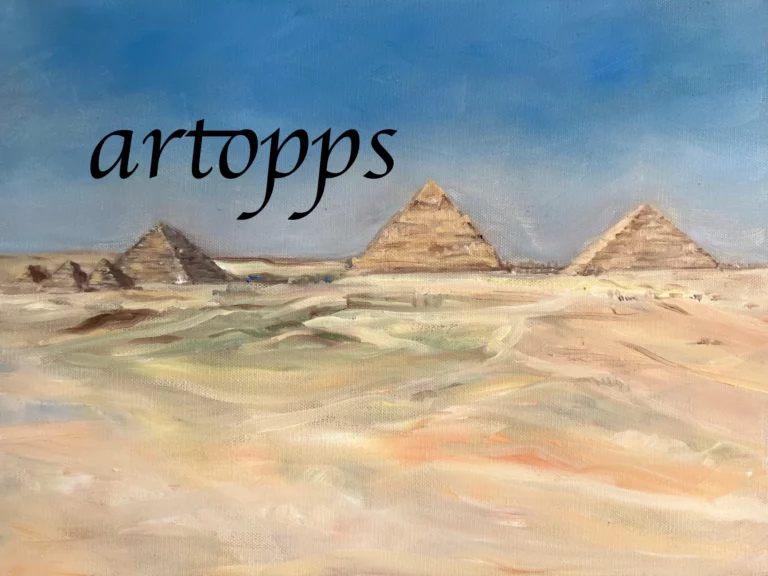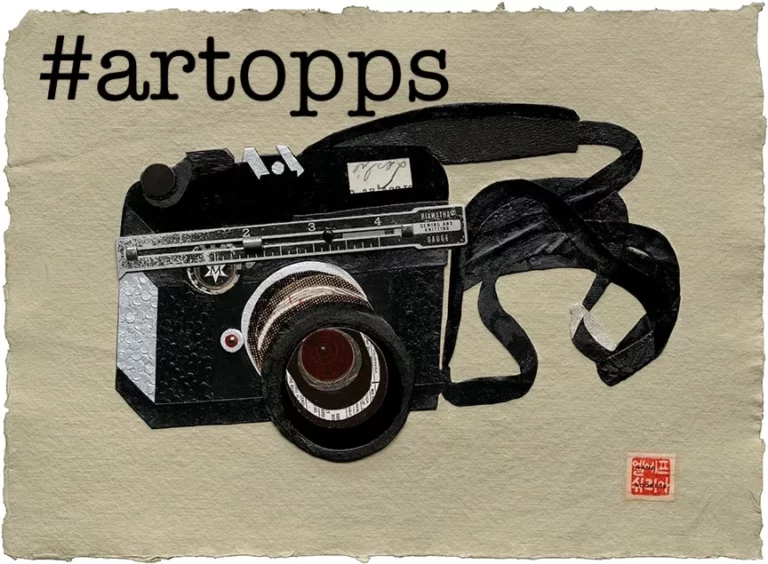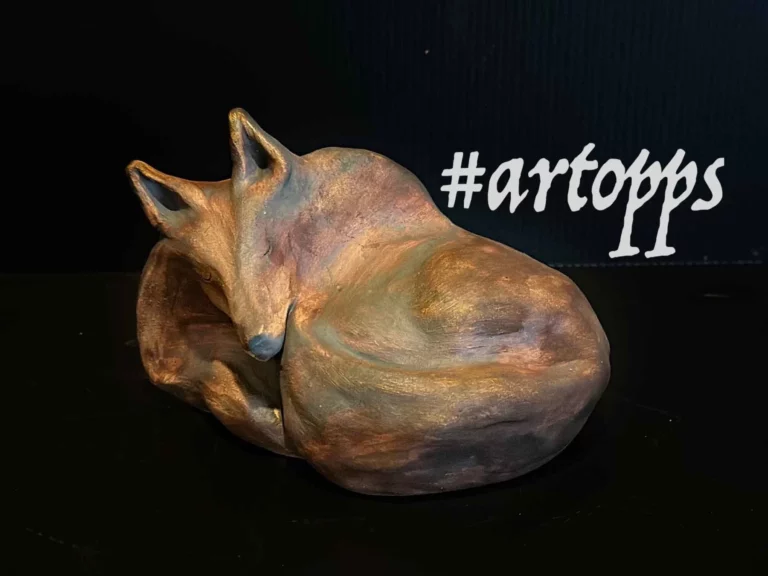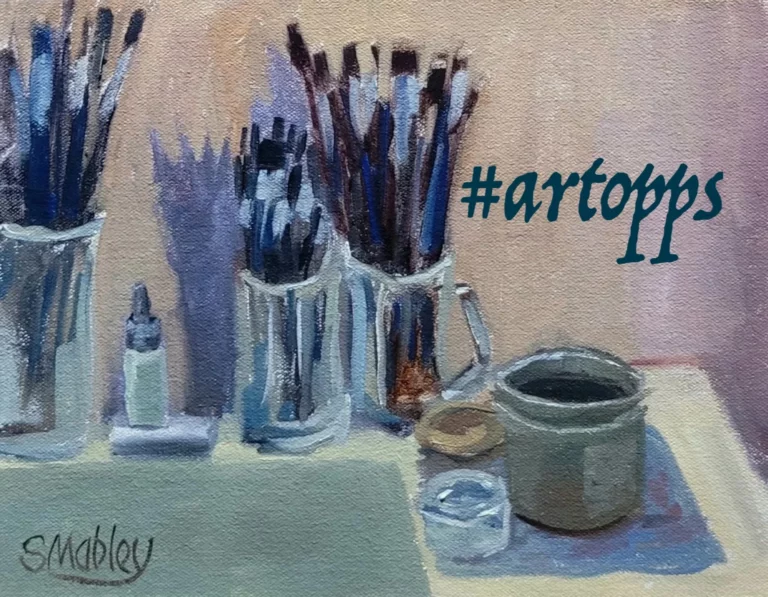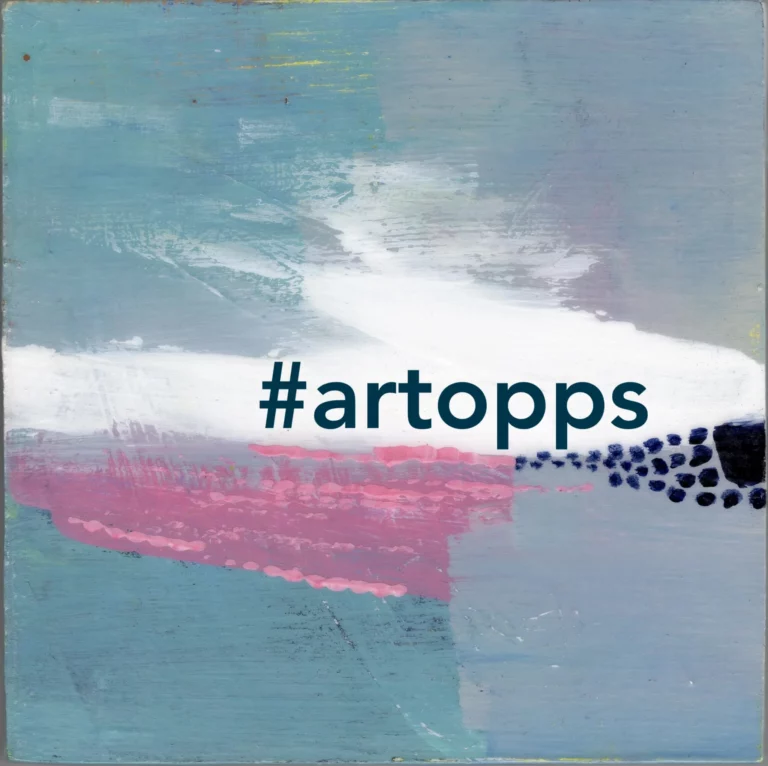Art Meets Science in a New Workshop
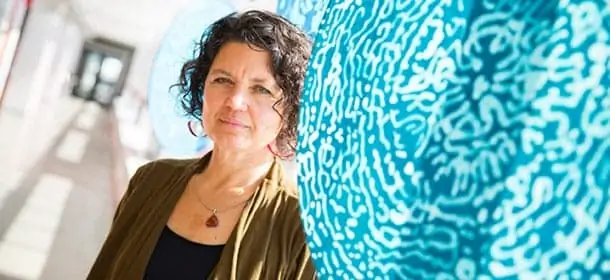

Studying the natural world, asking questions, working collaboratively — it’s like art and science were made for each other.
That may not seem obvious at first, but artist Kim Bernard has had great success wedding the creative to the scientific process. She’s the first-ever artist in residence in Harvard University’s physics department, and April 2–3, she’ll be bringing those collaborative skills to a workshop at The Art League!
It’s called Kinetic Dynamics for Artists and Non-Artists, and we asked the visiting artist for some more details about what to expect:
What does an artist in residence do in a physics department?
Kim Bernard: Get inspired mostly! During my residency, I’ve sat in on lectures and labs, used the departments equipment and collaborated on several projects: three supersized pinwheels for an outdoor sculpture park, a square wheeled boat for a People’s Sculpture Race and a kinetic sculpture of 50 springs and balls driven by a motor.

How did this residency come about? Will it continue after you leave or is it a one-time thing?
One of the physics faculty learned of my work through an exhibit at Boston Sculptors Gallery. He saw a relationship between my kinetic sculpture and physics and asked if I wanted to “do something” in the physics department.
I believe the department would like to have another artist in residence, but that’s yet to be determined. My residency has been rather informal and we’ve designed it as we’ve gone along.
Which came first for you – science or art? And how did your work evolve to where it is today?
Art. I’m not a physicist or scientist. My work is an exploration of movement. Physics is the study of matter in motion, through time and space, so there’s obvious overlap. I found that in order to make kinetic sculpture, I needed to understand some fundamental physics principals. This opened the door to the beauty of science.
What’s the goal when art and science get together?
Both art making and science explore unchartered territory, where there’s trial and error, failure and discovery. If there’s a goal at all, it’s to look at science as a visually rich resource from which to create while gaining insight. Most of us are visual learners, but we also learn when we do, with our hands and develop a deeper understanding through making.

Can you give an example (or more) of an art/science collaboration that you think worked well?
There are so many … I’ve been looking lately at the photography of Berenice Abbott. She documented science with her photography in the 1950s at MIT. Her photography stands on its own, as art, but the subject matter is science.
What do you have planned for your workshop at The Art League?
This workshop is just as much about creativity as it is about science. Participants will work collaboratively to generate a plethora of science inspired projects, playing with materials on hand to create some rough and ready prototypes. If nothing else I hope participants get charged up, inspired and leave with their heads full of ideas for future work.
Can you give an idea of a project students might work on in this workshop? What kind of materials or prototyping equipment might they work with?
I’ll be inundating them with science visuals as a jumping off point for projects and will provide paper, cardboard, hot glue, markers, and lots of ‘surprise’ recycled materials. Nothing precious or intimidating. The projects will be of their own design and only limited by their imaginations.

Does an art/science collaboration necessarily need to be sculptural?
No, not at all: 2-D, 3-D, multi or mixed media — anything goes.
What kind of experience in art or science do I need in order to attend?
No experience necessary, just an open mind and a willingness to explore.
Find details and register on the workshop page. For more about Kim Bernard and her work, read articles in the Boston Globe and the Harvard Crimson.
Can't get enough?
Sign up for our weekly blog newsletter, subscribe to our RSS feed, or like us on Facebook for the latest Art League news. Visit our homepage for more information about our classes, exhibits, and events in Old Town Alexandria, Virginia.
